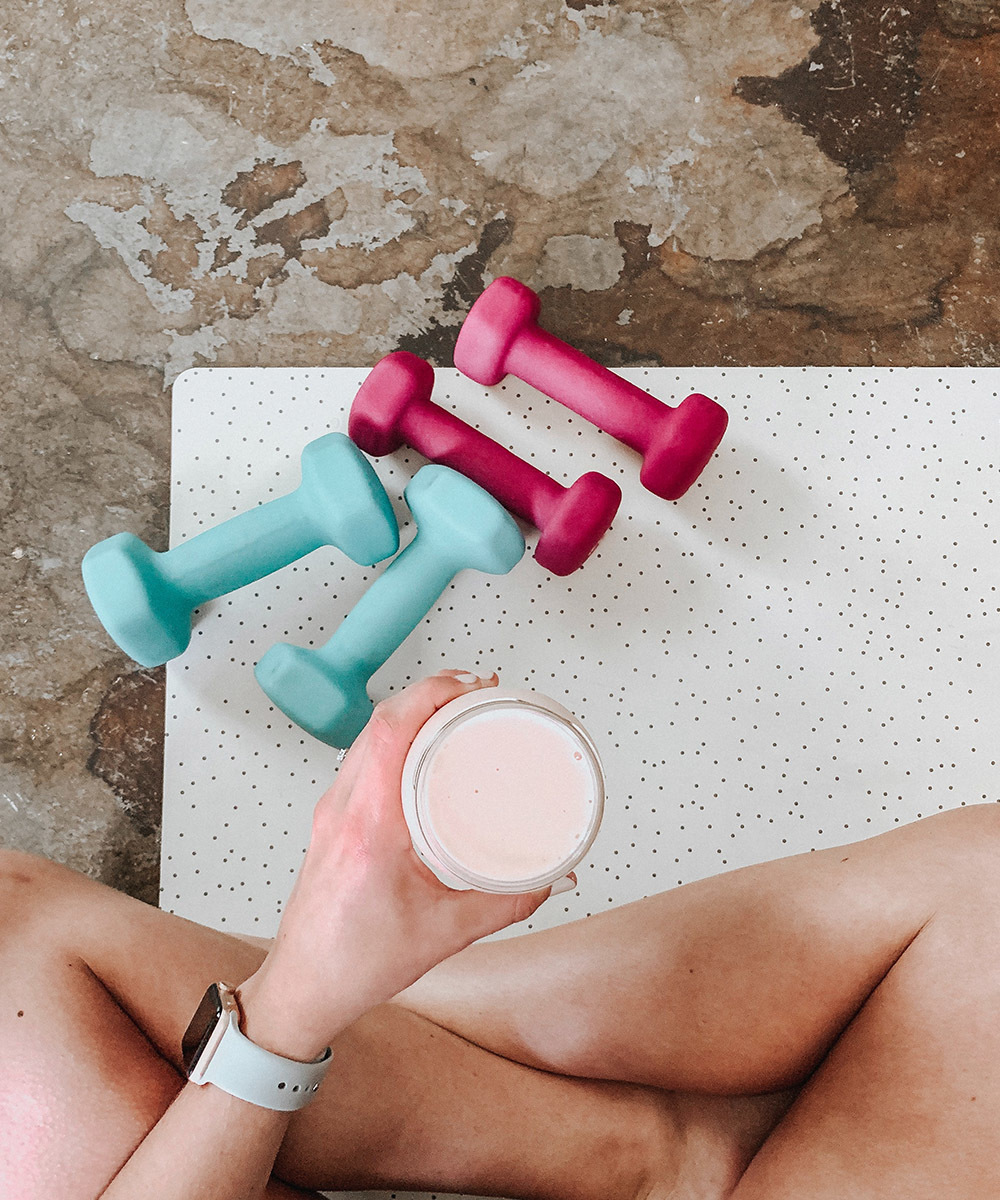
Eat More To Lose Weight: Increase Your Calories To Reap The Rewards In Your Fitness Journey
That’s right – when it comes to dieting, less isn’t always more.
When embarking on a weight-loss journey, your first instincts might be centered around eating as little as possible to reach your “goal weight”.
Whether that means cutting out specific food groups, lowering your calories to drastic measures, or just not eating enough nutrient-dense foods – under-eating can severely impact your overall health, as well as reducing your ability to burn fat and keep the weight off long-term.
The number of calories each of us needs will depend on a variety of factors such as gender, height, activity levels, and genetics. However, if we consistently under-fuel ourselves, our body goes into “starvation” mode. This is known as low energy availability, which means that the body preserves the energy from calories for much longer – in a bid to conserve as much “fuel” as possible.
In turn, this slows down your metabolism, making it harder for you to lose weight and sustain muscle mass. As a rule of a thumb, your calorie intake should never drop below your basal metabolic rate (the calories your body burns at rest).
While it can seem counter-intuitive at first - here is our go-to guide for ensuring that you’re fuelling your body correctly, so you can optimize your results and adopt a sustainable approach to fitness.

Listen To Your Body
If your body is screaming out to you that it needs more food, there are a few tell-tale signs to look out for. If you begin to experience symptoms such as fatigue, irritability, and poor performance in your training sessions – then chances are, you’re under-nourishing yourself.
To combat this, your first point of call should be to calculate your maintenance calories, so that you have a better idea of what your body runs on during a typical day-to-day.
There are several apps and calculators online that can help you do this – look for TDEE (total daily energy expenditure) calculator, and trial a few different ones. This will enable you to estimate an average calorie amount that’s suitable for your body’s needs.
Once you’ve got an idea of what your body burns on a normal day, you can start to adjust your calorie intake accordingly, and make any necessary adaptions along the way.
Prioritize Nutrient-Dense Foods
It’s not enough to just ensure that you’re eating the right amount – you also need to pay attention to the quality of the foods that are in your diet. Consuming the right proportions of nutrients (carbs, fats, proteins) is key when working towards any fitness goal.
By prioritizing fibre-rich foods such as fresh fruit and vegetables and plenty of whole grains, you will feel fuller for longer and more satiated overall.
The body also takes longer to digest whole foods such as these, which burns more calories in itself – particularly if you’re keeping up a high protein intake, which is key for building muscle.
A balanced diet followed alongside a consistent exercise routine and knowing the benefits of eating before a workout will aid your results in the gym, without compromising the efficiency of your metabolic rate.
Don’t Underestimate Your Energy Expenditure
When completing a workout, many of us become fixated on how many calories we’ve “burnt” during a session. The obsession with fitness watches and trackers is not only unreliable, but a single workout session only accounts for a very small part of our daily energy expenditure.
We burn calories in a multitude of ways, and a key contributing factor is our NEAT (non-exercise activity thermogenesis). This refers to all the energy we burn while doing non-exercise-related activities.
Whether it be walking, cleaning, breathing, or eating – the more active you are in your daily life, the more food you will need to support your body’s basic functions.
Now, that doesn’t necessarily mean that you should increase your calorie intake to a drastic surplus if you’re already eating plenty – but if you are trying to lose weight, exercising regularly, and not seeing results, you may have hit a plateau.
A good way to identify that “sweet spot” in which you’re fuelling yourself correctly, making progress, and feeling energized, is to increase your calories slowly week by week. Try adding between 50-100 calories to your daily intake for a couple of weeks or so and make a note of any changes that happen.
By increasing your food intake slowly but surely, you will minimize fat gain and aid muscle growth. Remember that – muscle burns more than fat, so the more muscle mass you build, the more calories you will end up burning at rest.
After all – most of us embark on a fitness journey to “tone up” which simply means losing body fat and gaining lean muscle mass.
However, the key takeaway here is that - for substantial muscle growth to develop, you must fuel your body correctly and be patient. You got this.
In case you missed it, Unpacking The Problem With Toxic Diet Culture











